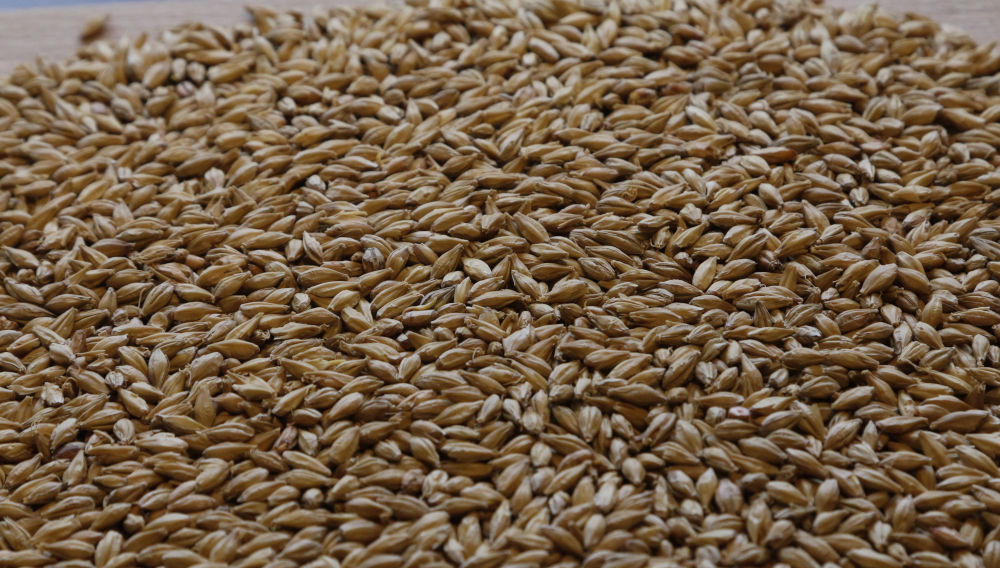Spring barley Europe: Final report 2023
Summary | At the end of the year, our author Dagmar Hofnagel summarises the results of the 2023 spring barley harvest. The main topic remains quality and, as a result, the ability of buyers and users to compromise.
France can boast almost the best results in 2023 and is regarded as the supplier for European demand. Even though screening is below the required values at 76%, the protein values are satisfactory at an average of 10.4%. Due to the poor screening, the proportion of barley suitable for brewing is only 58%. The surplus of maltable spring barley is estimated at 1.6 million tons. Including winter malting barley, 3.0 million tons can be achieved. The market is expecting additional malting barley exports totalling around 600,000 tonnes compared to previous years.
Protein levels (11.5 - 12.0%) and grading (over 90%) in Denmark are unproblematic. However, total production is significantly lower than in the previous year. No information is provided on the market performance of the harvest. Nevertheless, experts expect a surplus. The situation is similar in Sweden. There is also talk of poor quality in Finland due to the weather. With around 30% less yield (both feed and malting barley), imports might become necessary.
The UK is expecting a decent spring barley harvest and a normal proportion of malting barley. For Germany, experts expect a slightly higher import requirement for malting barley of around one million tons. The batches that were harvested after the rain are particularly affected by severe quality losses. The maltsters' ability to compromise will determine the proportion of marketable barley.
In Poland, protein values vary greatly from region to region, while the grades are within the desired range. The proportion of barley suitable for malting also varies greatly from region to region: in the north, only 10–15% of the crop is suitable for malting; in the centre, it's 60%; and in the south, 80–85%: the import requirement is estimated at 150,000–200,000 tons. Quality has also suffered in Hungary as a result of the summer rains, but experts expect the balance to be even. The Czech malt industry is assuming self-sufficiency. There are hardly any offers for export.
The market
Business activity on the malting barley market is described as very quiet at the moment.Contracts with Danish goods have been traded back and have temporarily led to somewhat firmer prices. In the meantime, demand has fallen again. There is hardly any new business.
The supply of malt to the brewing industry is assessed differently. On the one hand, supplies are expected to last into the first quarter, while on the other hand, market participants assume that demand will arise again in the first three months because brewers are "driving on sight" and have few stocks. The assessment of malt demand is also unclear: a general decline in beer sales cannot be ruled out, as the 2024 Olympics in Paris and the European Football Championships in Germany are two major sporting events in Europe in the summer.
Outlook
Heavy rainfall in autumn 2023, especially in France and parts of Germany, has led to a reduction in wheat sowing and offers a larger area regionally for spring barley sowing in 2024. However, the availability of high-quality seed is also an issue here.
Overall, there will probably be enough seed available, but not every variety at all locations.
The autumn sowing of spring barley also does not appear to be on the same scale as last year. Winter malting barley seed, on the other hand, is somewhat more in demand regionally.
Keywords
barley annual reports Europe harvest spring barley
Authors
Dagmar Hofnagel
Source
BRAUWELT International 2024



